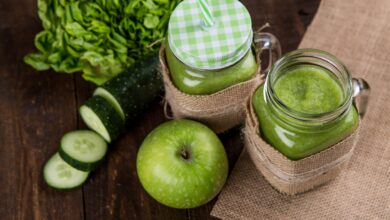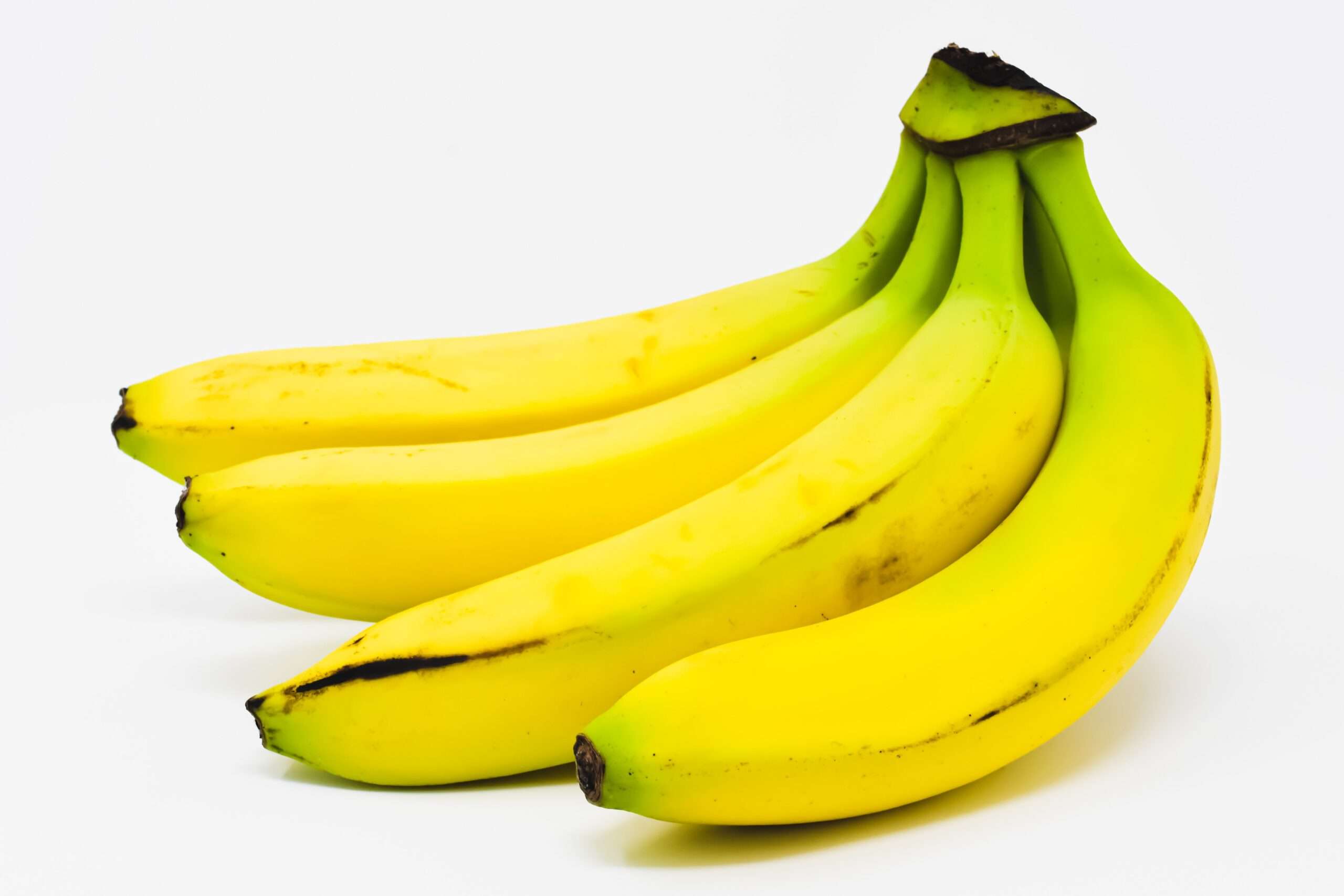Food Guides

Food Guides – The Canadian, American and French Guides
In its most recent edition (February 2007), Canada’s Food Guide 1 places great emphasis on fruits and vegetables. He advises reducing fats, especially trans fats and saturated fats. Servings of grain products are 3-8 per day. Half of them should be whole grains.
In terms of meats and alternatives, the Guide recommends eating at least two meals of fish per week and often eating legumes or tofu. Soy beverages are part of the Milk and Alternatives group. Other foods from the country’s ethnic communities are also featured: kefir, bulgur, quinoa…
Portions are precise. Indeed, we take into account the age and gender of consumers. Canadians are also encouraged to read food labels carefully so that they choose choices that are lower in fat, sugar and salt.
Health Canada believes that eating the recommended amounts and types of food can reduce the risk of cardiovascular disease, certain cancers and osteoporosis. He also insists on the need to do physical exercise every day and to control your weight to prevent the risk of obesity and diabetes.
To learn more about Canada’s Food Guide , you can consult the analysis of dietitian Hélène Baribeau.
| Canada’s Food Guide | |
| Vegetables (at least one dark green and one orange each day) and fruit | Children: 4-6 servings/day Teenagers: 7-8 servings/day Women: 7-8 servings/day Men: 7-10 servings/day |
| Grain products (half of which are whole grains) | Children: 3-6 servings/day Teenagers: 6-7 servings/day Women: 6-7 servings/day Men: 7-8 servings/day |
| Milk and alternatives including soy beverage, yogurt, kefir and cheese (prefer skim milk or 1% or 2% fat milk and low-fat alternatives) | Children: 2 to 4 servings/day Adolescents: 3 to 4 servings/day Women: 2 to 3 servings/day Men: 2 to 3 servings/day |
| Meat and alternatives (including two servings of fish per week, and often legumes or tofu) | Children: 1-2 servings/day Adolescents: 2-3 servings/day Women: 2 servings/day Men: 3 servings/day |
The American food guide is in the form of a pyramid (named MyPyramid 2 ). It was revised in April 2005 and now takes physical activity into account. The guide has also been personalized according to 12 different individual profiles established according to age, gender and propensity to engage in physical activity.
The pyramid emphasizes moderation and variety and divides foods into six categories. She puts more emphasis on fruits, vegetables, grains and dairy products, and advises reducing the consumption of meat and fat.
However, although the United States is the country with the highest proportion of obese people in the world, the new pyramid was not shaped to make Americans lose weight. Rather, it aims for them to maintain a healthy weight. We want it to serve as a trigger to get people to gradually change their eating habits and lifestyle.
| The American Pyramid ( MyPyramid ) | |
| Group 1 | Grain products (preferably whole grain or enriched) |
| Group 2 | Vegetables (preferably dark green or orange) |
| Group 3 | Fruits (prefer the variety and do not abuse juices) |
| Group 4 | Fats (in moderation, and choose good fats) |
| Group 5 | Dairy products (preferably lean or fat-free), or other sources of calcium |
| Group 6 | Meat, legumes, poultry, fish and nuts (preferably low fat) |
The French guide , entitled Health comes by eating 3 , presents basic recommendations, quite similar to those of other food guides. However, a distinction is made between the different types of fat and less emphasis is placed on meat substitutes. The guide also has an interesting feature: it offers a series of personalized advice based on 25 very specific portraits, ranging from La bouffe, je m’en fous to I’m a vegetarian , via I tend to snack between meals, I often eat fast food, I only eat “organic” and I restrict myself so as not to gain weight, I am on a diet. The advice is presented in a clear, concrete and fun way. See Sites of Interest.








